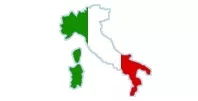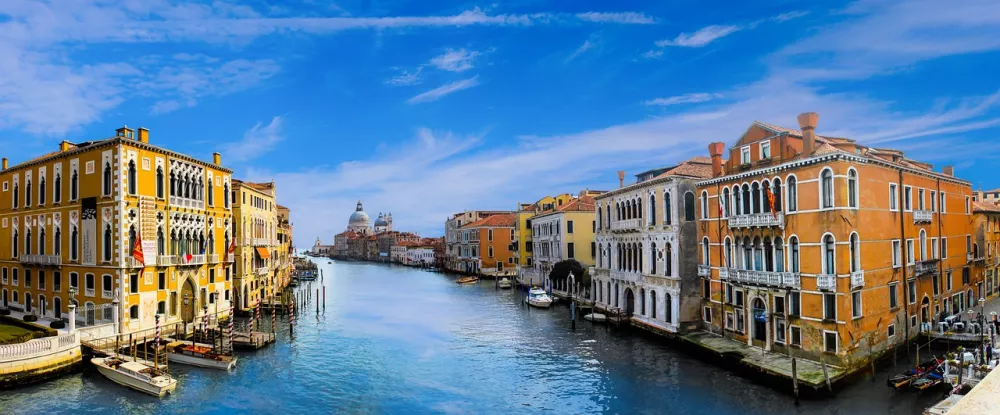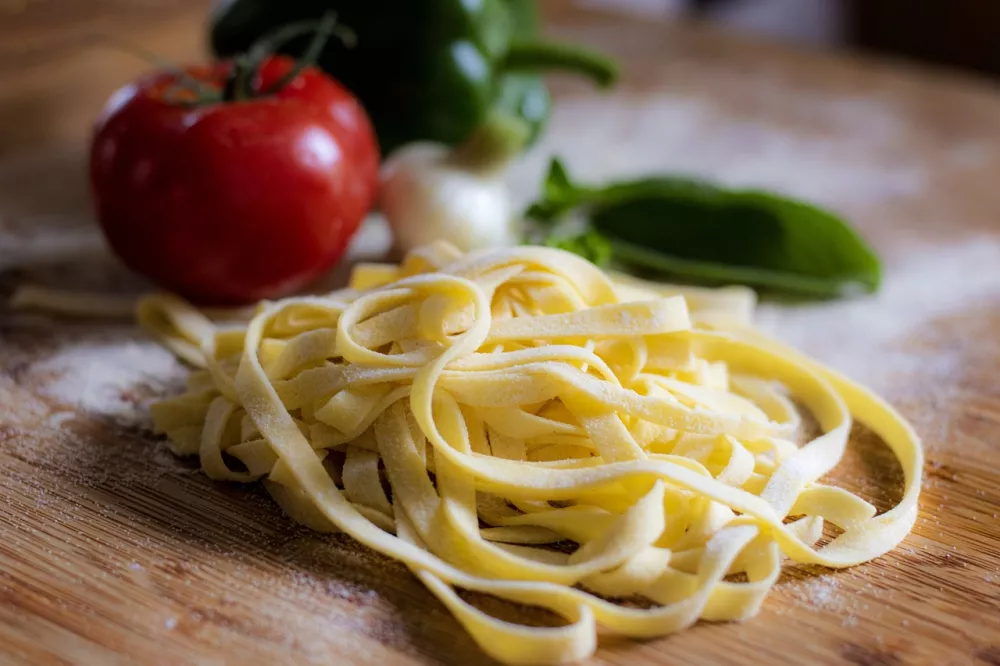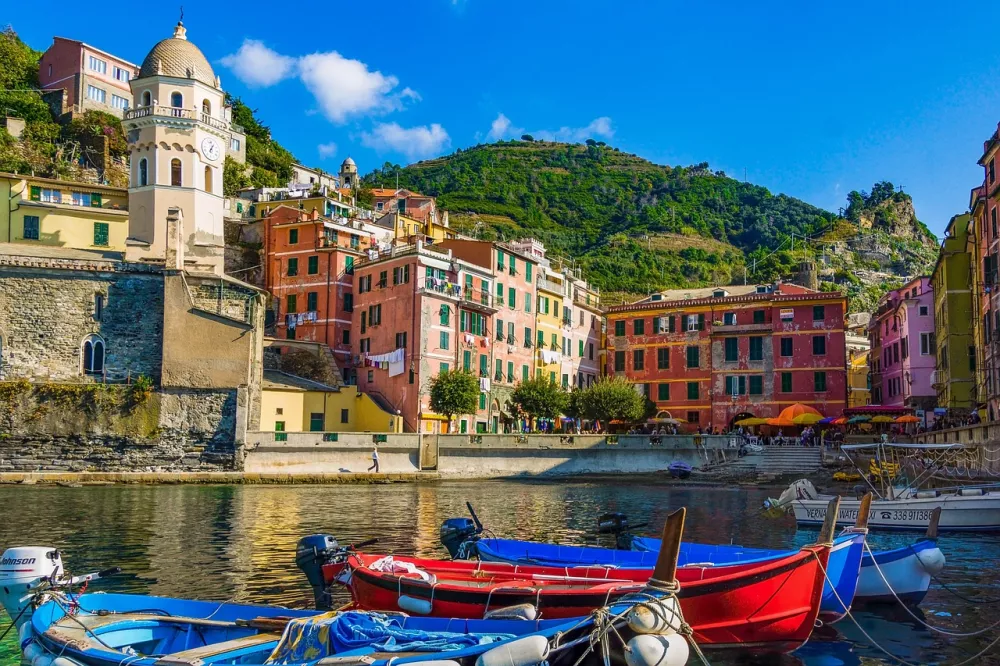Italy guide 
Pizza, pasta, gelato, Italian wines and coffee - Italians know how to enjoy life. Add to that the famous ancient cities of Rome, Venice and Florence, many beaches along the entire length of Italy and the famous ski resorts in the north... and only few people can resist Italy. Our online guide will help you to find which part of Italy is perfect for you.
Rome - the capital of Italy and, thanks to the Vatican, the capital of all Catholics. You will find both, ancient monuments - for example the Colosseum - and modern districts.
Florence - the city of culture and art. Here you can discover Renaissance jewels such as the Cathedral of Santa Maria del Fiore or great local gastronomy accompanied by Chianti wine.
Venice - probably the most romantic Italian city built on more than 100 islands. You can discover historical monuments here in the winding alleys or aboard a gondola sailing through one of the many canals.
Milan - the largest city in Lombardy in the north of Italy became famous for fashion. In addition to boutiques and shopping galleries, you can also visit amazing historical monuments such as the Duomo Cathedral.
Bari - a historic port city in southern Italy, known for its ancient architecture and rich history. Major landmarks include the Basilica of St. Nicholas and the Castello Normanno-Svevo, which attract tourists from all over the world.

Italy is located on the Apennine Peninsula, has many beautiful beaches on the Mediterranean coast, but also the high Alps in the north. That is why tourists come here all year round - in the summer for the sun by the sea, in the winter to the mountains for skiing, in the spring and autumn for hiking and sightseeing. In Italy you will find many historical cities and regions, such as Venice, Florence, Milan or Sicily.
The capital city Rome belongs to the most important historical and cultural centers of the world. It has been famous by ancient monuments, such as the Colosseum or the Roman Forum, then the Vatican, the Spanish Steps and many others.
Italy has approximately 61 million inhabitants, making it the third most populous country in the European Union.
The official language is Italian, but many regional dialects and languages are in public use.
Italy has a rich cultural history. On a global scale, it has contributed to the development of art, music, literature, architecture or even cooking. Italian cuisine has become popular with people all over the world. Among the most famous Italian foods are pizza, pasta, gelato and wine.

Italy is a parliamentary republic with a president as head of state. It has a developed system of political parties and a bicameral parliament.
Italy is one of the world's economic powers. Cars are manufactured here, and it is famous for its fashion industry, winemaking and tourism.
From Italy's rich history, we can emphasize the period of the Roman Empire, the Renaissance and patriotism. Many important personalities come from here, such as Leonardo da Vinci, Michelangelo, Dante Alighieri and many others.

You can choose accommodation in Italy on A-Hotel.com or on Booking.